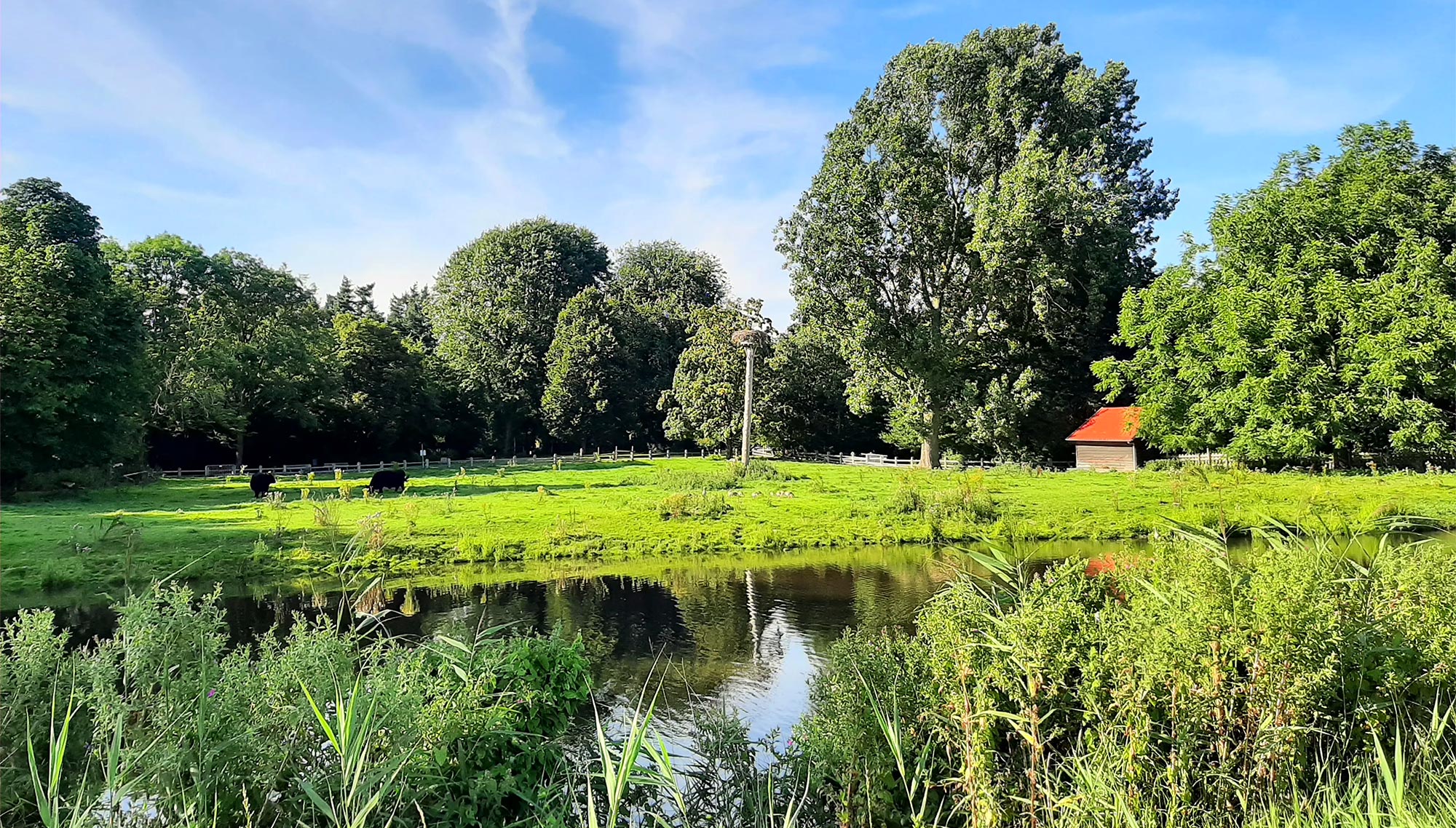Amsterdam and Urban Green Space Planning
Amsterdam is one of the greenest cities in Europe. The green areas of Amsterdam continue to increase with issues such as changing living conditions, increasing population, and climate change. Although Amsterdam is the capital of the Netherlands, it is not actually the administrative centre, but its heart. Accessibility and accessibility of people to green areas are among the priority issues to be taken into account in order to rapidly intensify the centre, improve the quality of life with the growth of tourism, and increase the attractiveness of the city.

Figure 1: Amsterdam – Saadet Gökmen Archive
They have visions for the future of Amsterdam that cover different histories and have goals. One of them is a vision called “Structural Vision: Amsterdam 2040” by the Department of Physical Planning, which includes strategies covering the years 2010-2040. The main objectives of this vision are to create an integrated transport network, high-quality urban planning, and to invest in recreational green spaces, water and renewable energies. There are initiatives ranging from parks to city-wide projects in order to increase the green spaces of Amsterdam with movements of different scales. The first of these targets is parks. City parks are defined as the common gardens of cities. All kinds of people use city parks for all kinds of recreational purposes. These are locals, tourists, the elderly, young people and children. It is also important to balance it for walking, doing sports, resting, working, etc. This balance must be resistant to changing climatic conditions and ready for the future, sufficient and accessible to people. Structural solutions for these goals are determined.

Figure 2: Amstelpark Amsterdam – Saadet Gökmen Archive
Apart from recreational parks, children’s parks also have an important place. While the creation of playgrounds in Amsterdam in the first half of the 20th century was the duty of the civilian people, the situation changed after the Second World War. Between 1947 and 1970, over 700 public playgrounds were created. These areas are specially designed for children in the city to play in public spaces.
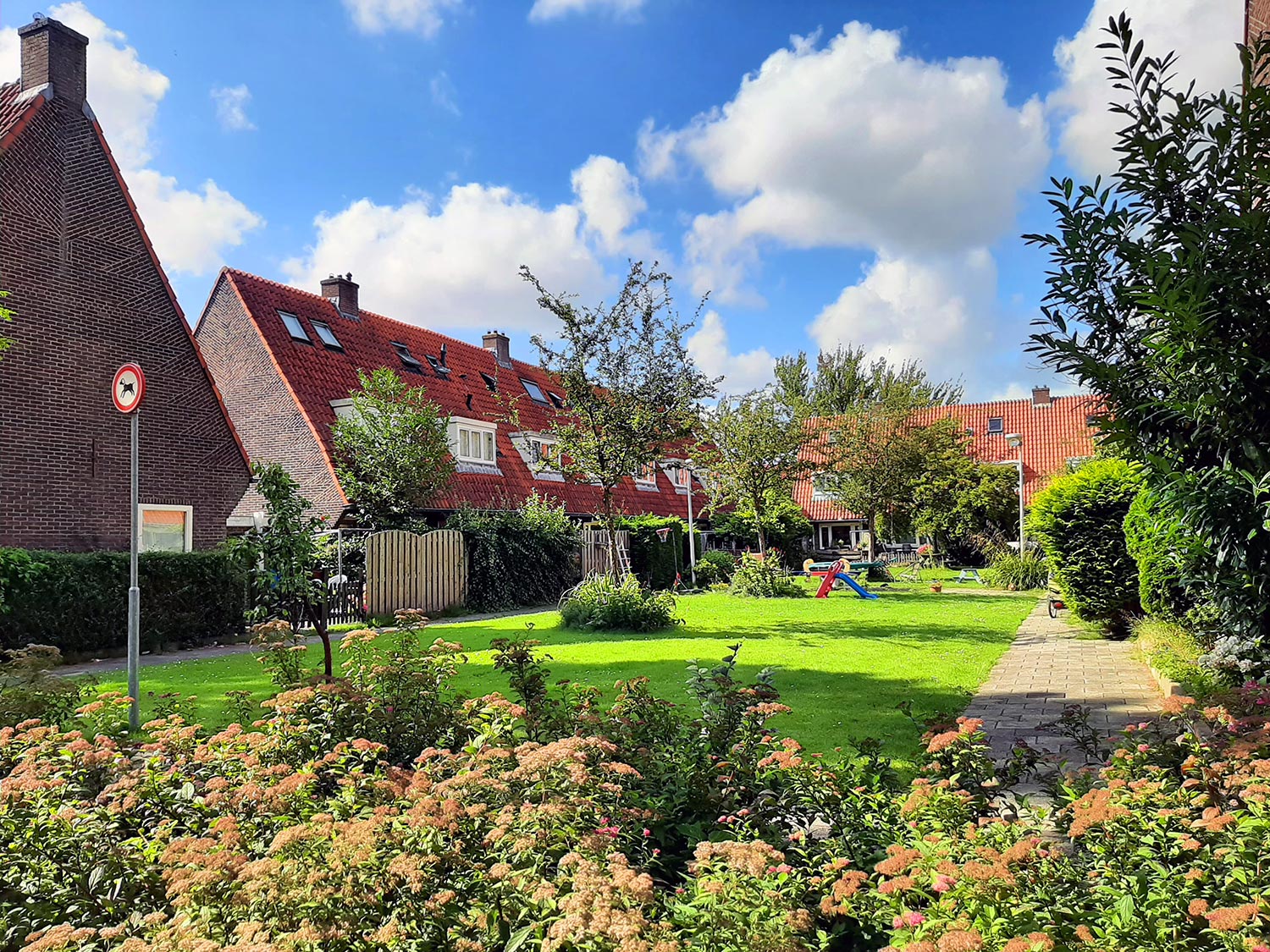
Figure 3: Common Playgrounds in Residential Areas – Saadet Gökmen Archive
Combinations such as hopscotch tiles, stepping stones, aluminium climbing frames, sandboxes, and drinking water fountains have been created. Playgrounds in Amsterdam, designed by Aldo Van Eyck, include important architectural interventions. By creating a new lifestyle in space organization, recognizing the importance of learning for children, it aimed to integrate these spaces with cities rather than overlook these spaces.
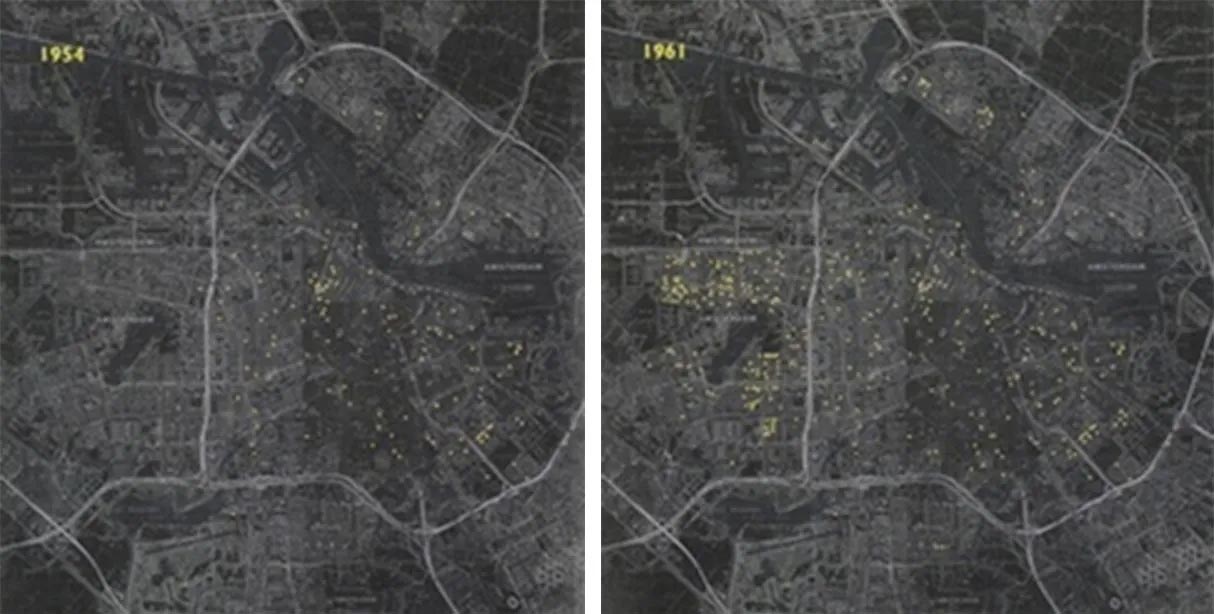
Figure 4: Playgrounds Designed by Aldo van Eyck – 1954 and 1961
With the aim of green neighbourhoods, it is desired to create more green spaces in the places where people live in Amsterdam. The foundation “Stichting Postzegelparken” was founded in 2010, which establishes parks on small dysfunctional plots run by local people and organizations. Its purpose is to encourage people to participate, be together and engage in activities. The difference between these parks from other parks is that the residents living there are responsible for the management and maintenance of the park. In cases where the possibilities of the residents are not enough, of course, it is remedied by the municipalities. With this initiative, the local people spend more time with each other and adapt to the neighbourhood, and the empty lands in the city are transformed into green areas.

Figure 5: Example of Park
With the aim of greening the cities, the importance of green spaces is emphasized in order for cities to be resistant to climate. For this reason, not only creating green areas or parks but also policies such as green roofs and green walls are being developed. There are more than 200,000 square meters of green roofs in Amsterdam. With green roofs, the energy costs of buildings are reduced and they create areas to protect wildlife.

Figure 6: Examples of Green Roof – Saadet Gökmen Archive
In addition, in residential areas, people demand to include plants in the 40-centimetre areas in front of their houses, and even city planners give advice to the citizens about which plants to use.
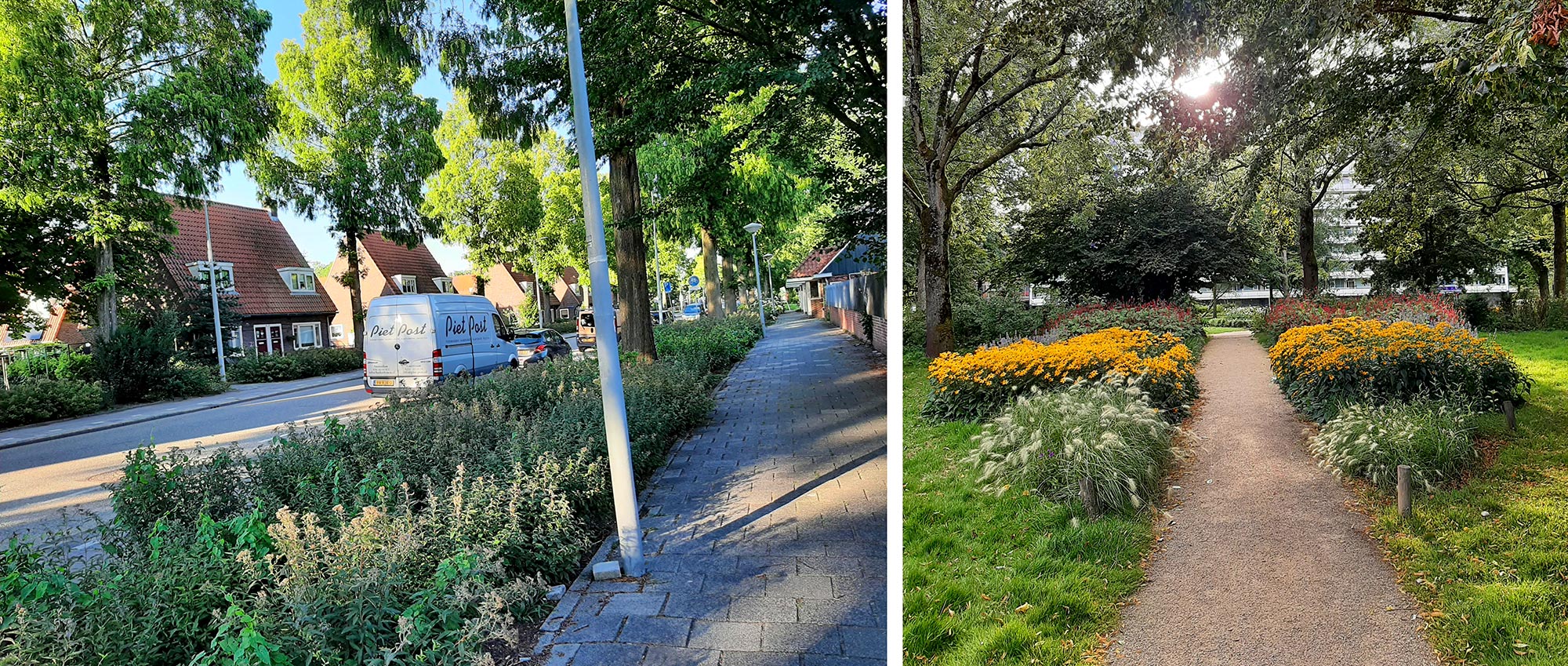
Figure 7: Plants on Sidewalks in Front of Houses – Saadet Gökmen Archive
In the city plan, there are spatial solutions by creating habitat areas where different species can live in order to provide biodiversity with green corridors. In addition to green corridors, ecological bridges are important. There are more than 66 wildlife crossings (ecological bridges) throughout the Netherlands. These bridges also protect endangered animals.
It is in the green area policy in forests. Amsterdam Bos (Amsterdam forest) increases livability by acting as a green lung in the metropolitan area of Amsterdam. Since the forest covers a very large area, it serves many different purposes. It meets the city’s need for green space, arts, culture, sports and employment. Hosting cultural events and festivals promote the spread of art and culture and contribute to the recreational purpose by receiving six million visitors each year. The Amsterdam forest also sets climate targets by increasing its sustainable energy and using materials derived from the forest. With 200,000 trees, it contributes to CO2 absorption and improves air quality. Structural Vision: Amsterdam provides an important environment for the realization of the 2040 goals.
It is very important to obtain data on the development of green infrastructure in cities. In this regard, Amsterdam becomes an exemplary city by making an inventory of green space and road trees, operating and updating information systems, and following the location, age, height and general condition of the trees. The Dutch government also expropriates or leases some lands for the long term in the creation and protection of ecological corridors in the national ecological network system.
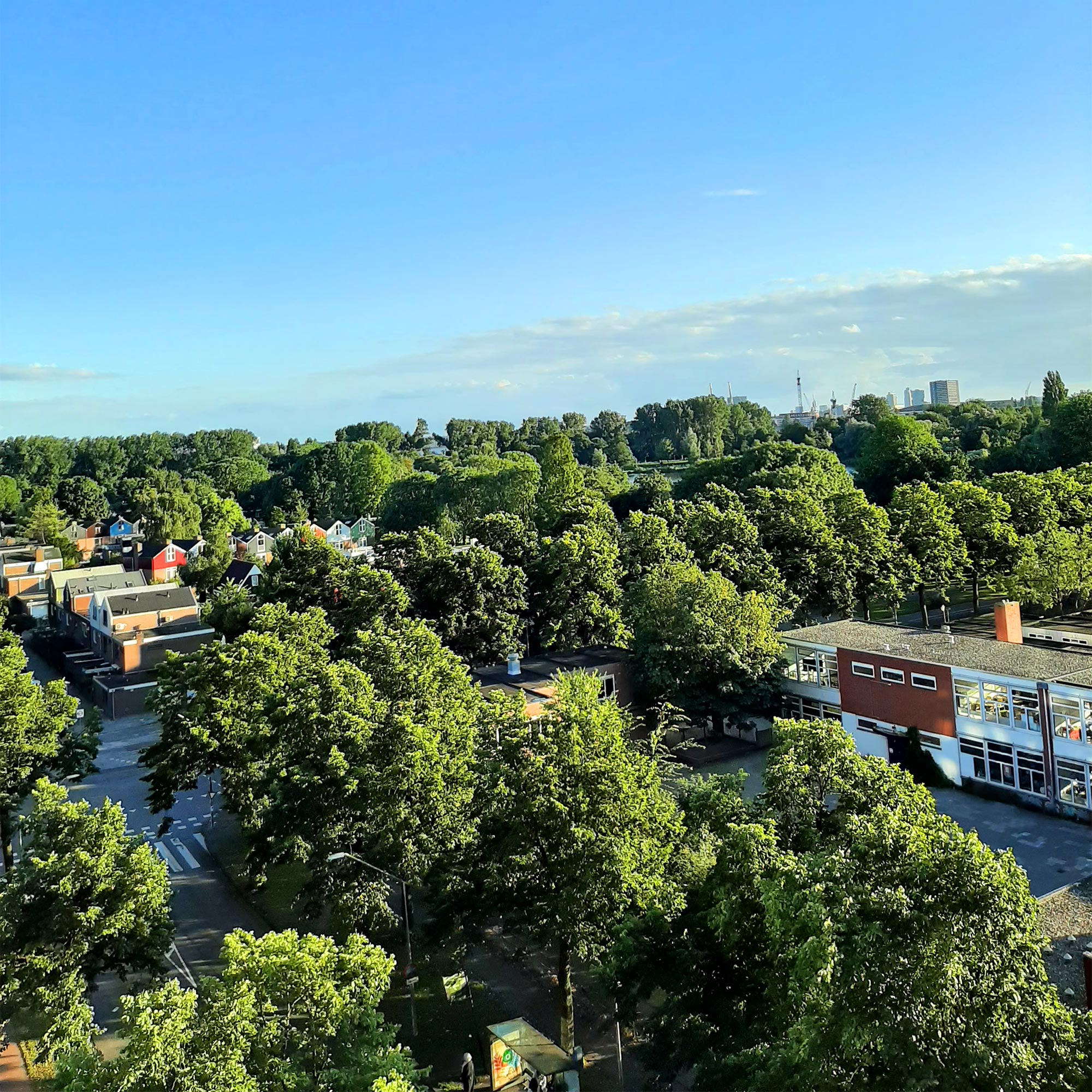
Figure 8: Amsterdam Noord – Saadet Gökmen Archive
The Dutch government is working with entrepreneurs for more sustainable agriculture and horticulture. The Netherlands, which is the world’s largest exporter of agricultural products after the USA, exports 65-95 billion Euros of agricultural products annually from the agricultural sector. It is very important as 10% of employment comes from the agriculture and horticulture sectors. Government subsidies and knowledge help in promoting agriculture, and informing the management of nature. Leaving fields fallow in breeding prairie birds is an example of this. The Dutch government aims to reduce energy consumption in the greenhouse horticulture sector. They use innovative technologies to achieve this. With technologies such as solar energy, light saving measures, geothermal applications, biofuel use and sustainable electricity generation, greenhouses are aimed to be climate neutral. The government aims to reduce greenhouse gas emissions from agriculture by 3.5 billion metrics by 2023.
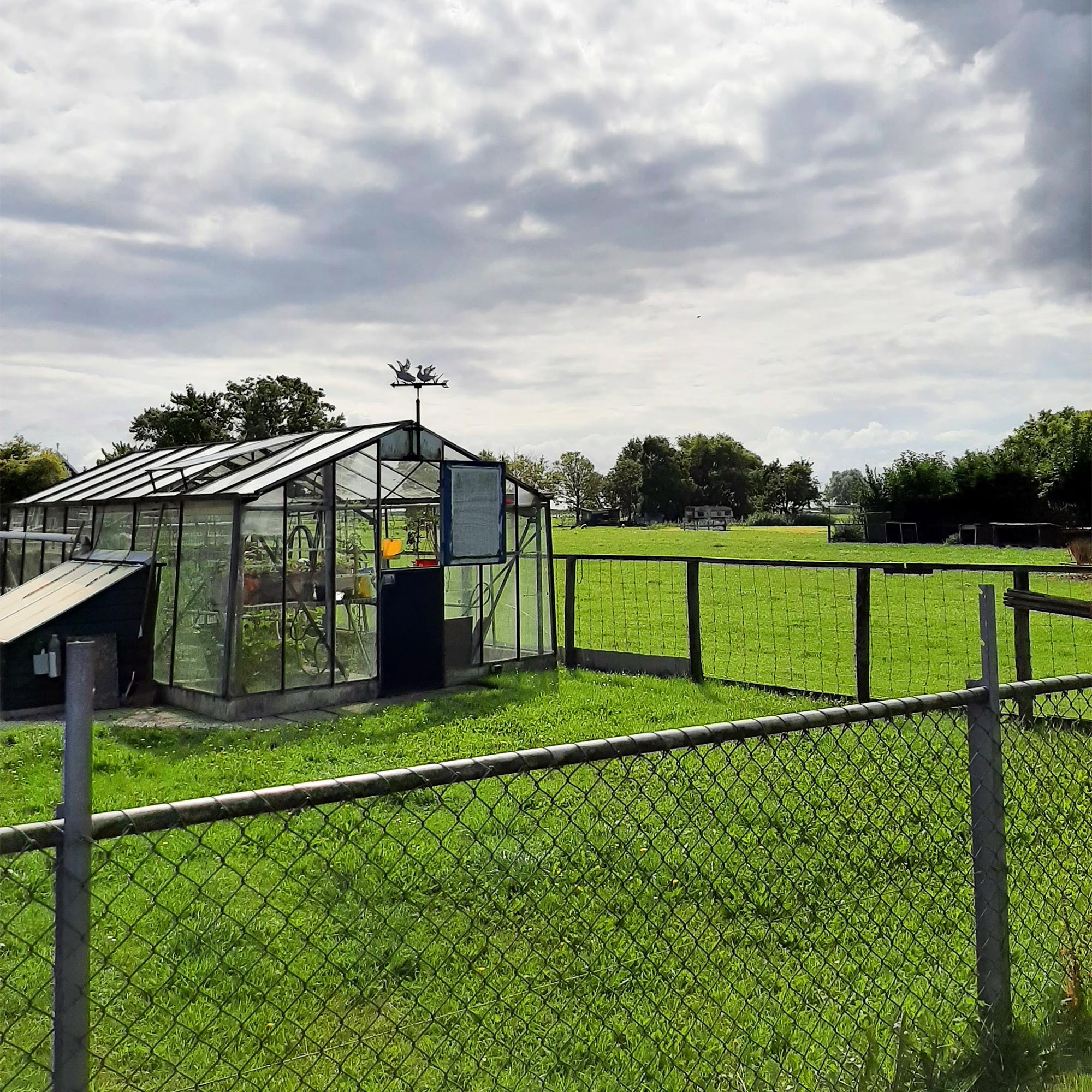
Figure 9: Greenhouse in the City – Saadet Gökmen Archive
The use of non-chemical products prior to the use of crop protection products used in agriculture must be used with proof of proficiency in case of failure. Thus, damages are prevented by infiltration to both food and groundwater in agriculture. It is always supported by the government to protect the production of a safe and sustainable crop. Sustainable agriculture is supported by caring about the environment, plant and animal health, and farmers’ payments are reduced or stopped when EU rules are not followed. Farmers generally receive income support based on the size of hectares. According to the Expropriation Law, agricultural lands are expropriated if they serve the public interest, but the financial situation of the landowner is not adversely affected by this situation.
In terms of flora and fauna, Amsterdam is home to more than 10,000 plant and animal species. The Nature Conservation Act contains rules for the protection of animals and plants in the Netherlands. About 300 species are protected by this law. According to this law, municipalities protect their natural habitats and provide animal welfare within the city limits. Provinces set their own rules in their own regions. For the management of the fauna, a fauna management plan for the management of the animals is prepared every year together with the provinces, landowners, animal and nature organizations and hunters. With this plan, how to protect wildlife species, how to prevent damage caused by wildlife and hunting limits are decided. In addition, if an area is ecologically important in city plans, that area is protected even if it contains a plant or animal species.

Figure 10: Rabbits Living in the Green Field of a Residential Area in Amsterdam Noord – Saadet Gökmen Archive
Bees are one of the most important creatures of the ecosystem on earth. While the bee population is rapidly decreasing all over the world, the bee population in Amsterdam has increased by 45% since 2000. So, how did it achieve this and continue its success? Ecological plant diversity, weeds and shrubs are protected in the living areas of the people in the city.
The municipality of Amsterdam has allocated a budget of 38.5 million dollars for the protection of the ecosystem in the city. Each park is based on plant species that will provide habitat for bees and insects, together with local plants.
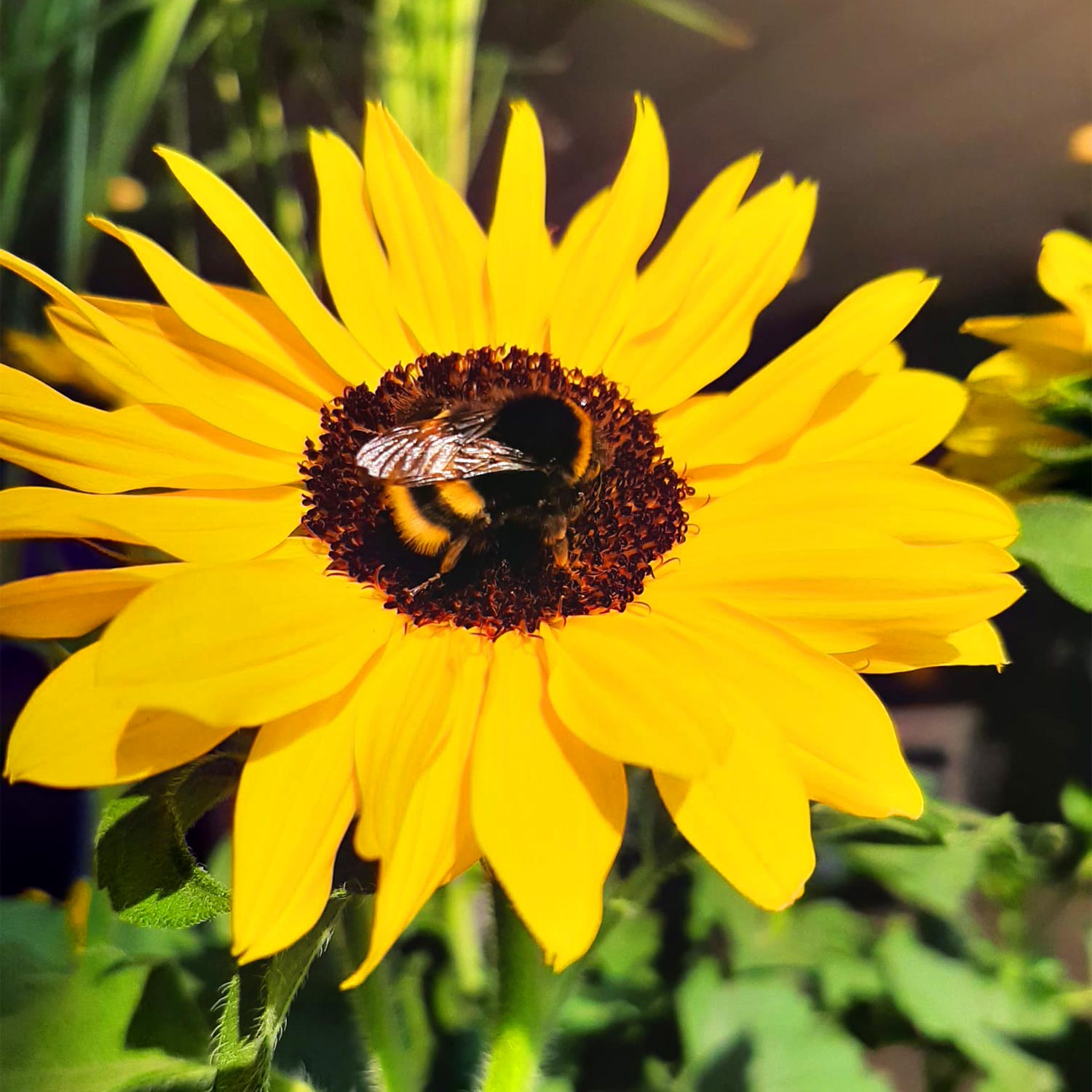
Figure 11: A Florist in Amsterdam – Saadet Gökmen Archive
References:
https://oppla.eu/amsterdam-nbs-greening-city-and-increasing-resilience
https://www.rri.org/netherlands-green-plan/
https://www.amsterdam.nl/en/policy/policy-green-space/
https://degroenestad.nl/ontwikkelingen/postzegelparken-voor-een-leefbare-buurt/
https://www.iklimin.org/moduller/kentmodulu-yesilaltyapi.pdf
https://www.government.nl/topics/agriculture/agriculture-and-horticulture
https://www.amsterdam.nl/en/policy/policy-animal/
https://www.yesilist.com/amsterdamda-uygulanan-bu-basit-yontem-ari-olumlerine-cozum-olabilir/
https://rmitallchange.weebly.com/amsterdam-playgrounds.html
Figure 4: https://rmitallchange.weebly.com/amsterdam-playgrounds.html
Figure 5: http://www.postzegelpark-leusderweg.nl/
